Maximizing Comfort & Savings: Comprehensive Guide to Window Insulation & Care
Effective window insulation strategies using energy-efficient options like double-glazed windows wit…….
Window-Insulation: Enhancing Efficiency and Comfort in Homes and Buildings Worldwide
Introduction
Windows serve as the eyes to our homes and buildings, offering a view to the outside world while allowing natural light to illuminate our interiors. However, their role extends far beyond aesthetics. Effective window-insulation is pivotal in maintaining energy efficiency, reducing noise pollution, and ensuring thermal comfort. As we delve into the intricacies of window-insulation, this article will explore its significance, global impact, economic considerations, technological advancements, policy frameworks, challenges, case studies, and future prospects. By understanding these elements, readers will gain a comprehensive view of how window-insulation plays a critical role in our daily lives and the broader environmental and economic landscape.
Understanding Window-Insulation
Window-insulation refers to the methods and materials used to reduce heat transfer through windows. The core components of effective window-insulation include glazing (the process of making glass), window frames, spacers, insulating gases or vacuum panels between panes, and sometimes coatings on the glass. These elements work in unison to create a barrier that minimizes heat loss in winter and heat gain in summer.
The concept of window-insulation is not new; it has been practiced for centuries in various forms. However, with advancements in technology and a growing awareness of energy conservation, modern window-insulation has become more sophisticated and efficient. Its significance lies in its ability to reduce energy consumption, lower greenhouse gas emissions, and enhance the comfort and health of occupants by minimizing drafts and condensation.
Global Impact and Trends
The impact of window-insulation is felt worldwide, as it plays a critical role in mitigating the effects of climate change. In colder regions like Scandinavia and Siberia, effective window-insulation can significantly reduce heating costs and energy consumption. Conversely, in hotter climates such as Australia and the Middle East, it helps to keep interiors cooler, reducing the reliance on air conditioning.
Global trends indicate a surge in retrofitting existing buildings with better insulation to meet stringent energy codes and standards. The adoption of double or triple-glazed windows, low-emissivity coatings, and advanced frame materials is on the rise. Additionally, there is a growing trend towards integrating smart glass technologies that can change their properties based on external conditions.
Economic Considerations
The window-insulation market is influenced by factors such as building regulations, energy prices, and consumer awareness. Investment in high-performance windows can yield substantial returns through energy savings over time. Moreover, the window-insulation industry contributes to job creation and economic growth, particularly in regions where manufacturing and installation of these products are localized.
Economically, “window-insulation” is a key factor in the resilience of buildings against energy price volatility and a critical component in reducing the overall carbon footprint of the construction sector. It also plays a role in property valuation, with well-insulated homes often commanding higher prices and rents.
Technological Advancements
Technological advancements have significantly enhanced the performance of window-insulation products. Innovations such as gas-filled glazing units, advanced frame materials like composite fibers and aluminum clad wood, and coatings that reflect infrared radiation are now commonplace. The future holds even more promise with the development of self-cleaning, solar-controlling glass and smart window systems that can adjust their insulation properties dynamically.
Policy and Regulation
Governments worldwide have implemented policies and regulations to encourage or mandate the use of energy-efficient windows. Building codes now often require a minimum level of thermal performance for new constructions. In some jurisdictions, tax incentives, rebates, and subsidies are available to homeowners who retrofit their homes with energy-efficient windows. These policies aim to align economic interests with environmental sustainability, fostering a market that prioritizes window-insulation as a standard feature rather than an optional upgrade.
Challenges and Criticisms
Despite its benefits, window-insulation faces challenges and criticisms. One of the main issues is the upfront cost, which can be prohibitive for some homeowners or building owners. Additionally, there are concerns about the environmental impact of producing advanced glazing materials and frame composites, though these are often outweighed by the long-term energy savings and reduced emissions.
To address these challenges, stakeholders must work together to develop more cost-effective solutions, provide financing options, and educate consumers on the long-term benefits of window-insulation. Innovations in recycling and manufacturing processes can also minimize environmental impacts.
Case Studies
Several case studies demonstrate the successful application of window-insulation across different climates and building types. For instance, a passive house in Berlin, Germany, achieves near-zero energy consumption through a combination of advanced window-insulation techniques and other energy-saving measures. In contrast, a retrofitted school in Chicago, USA, has reported significant reductions in heating and cooling costs since installing new, high-performance windows. These case studies not only highlight the practical benefits but also serve as models for others to emulate.
Future Prospects
Looking ahead, the future of window-insulation is poised for growth, driven by advancements in materials science, smart glass technologies, and a growing commitment to sustainable building practices. The integration of these windows with home automation systems and the Internet of Things (IoT) could further enhance their efficiency and functionality. As global energy demands continue to rise, window-insulation will play an increasingly vital role in addressing these challenges sustainably.
Conclusion
Window-insulation is a critical component in modern building practices, offering numerous environmental, economic, and health benefits. Its global impact is significant, with trends indicating a continued increase in its adoption. Economic considerations, technological advancements, and policy frameworks all contribute to the evolution of window-insulation. While challenges remain, particularly around cost and environmental impact, the future of window-insulation is bright, with innovations and best practices continuing to push the boundaries of what is possible. As the world becomes more energy-conscious, window-insulation will undoubtedly become a cornerstone of sustainable living and building design.
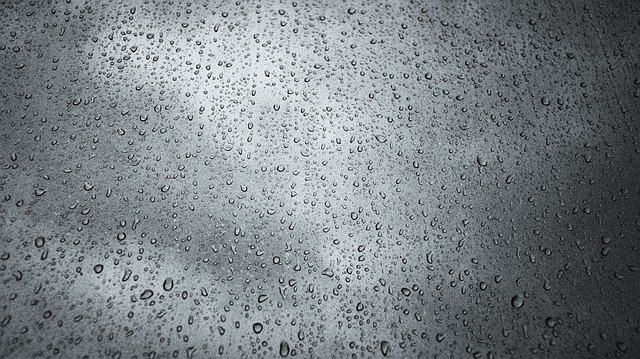
Effective window insulation strategies using energy-efficient options like double-glazed windows wit…….
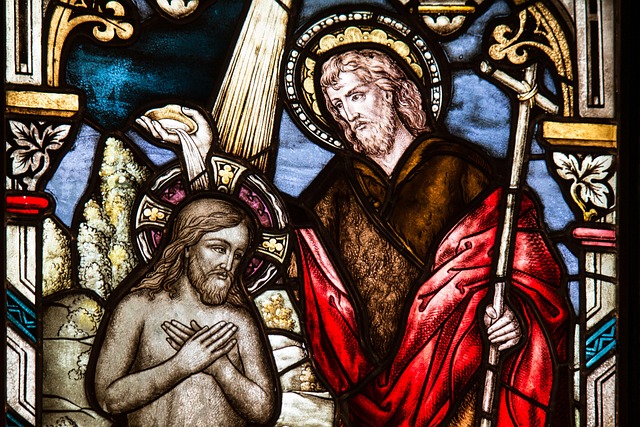
The current market demands advanced window technologies to enhance energy efficiency and reduce carb…….
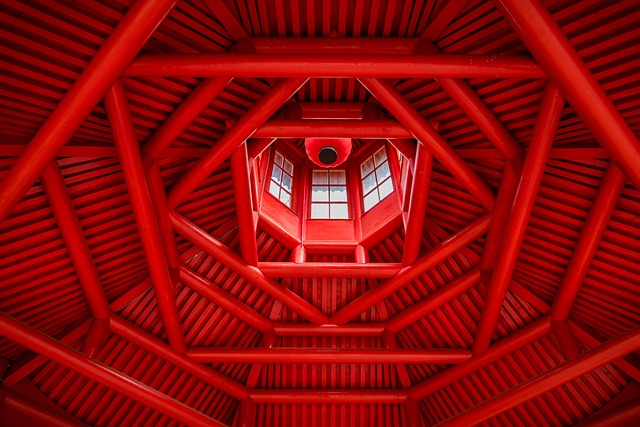
Double-glazed and triple-glazed windows with advanced features like Insulated Glass Units (IGUs) and…….

Local property owners face challenges with their windows, including poor insulation and outdated des…….
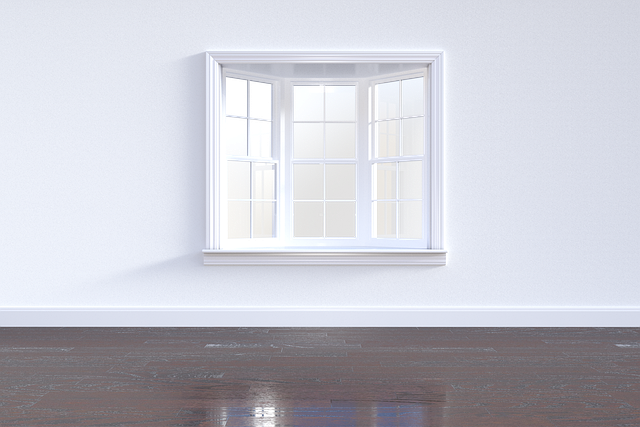
Window insulation is a powerful tool for achieving energy efficiency and comfort. Double-glazed wind…….

Window insulation, particularly double-glazed windows with insulated glass units (IGUs), offers supe…….
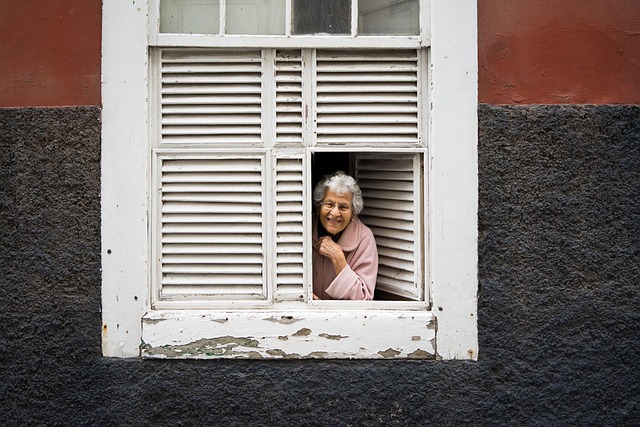
Windows play a crucial role in achieving comfort and energy efficiency. Double-glazed windows with i…….
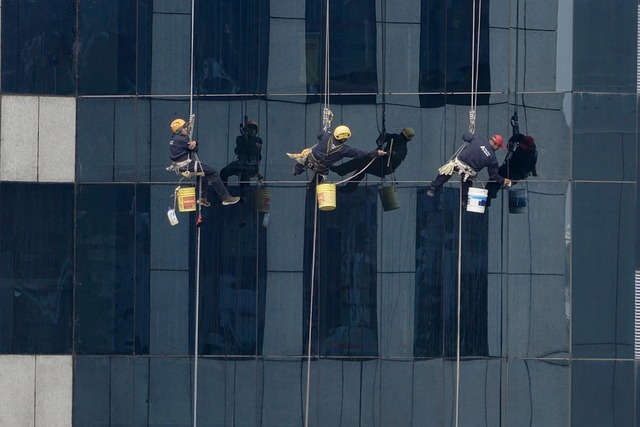
Effective window insulation is a key strategy for homeowners to enhance energy efficiency. Modern te…….
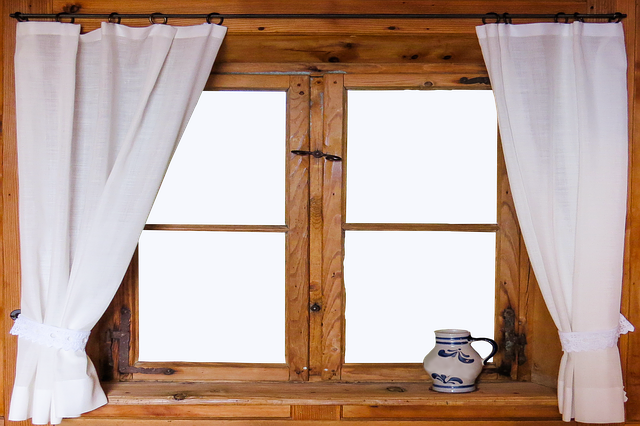
Window insulation is a vital strategy for achieving energy efficiency and enhancing comfort. Techniq…….